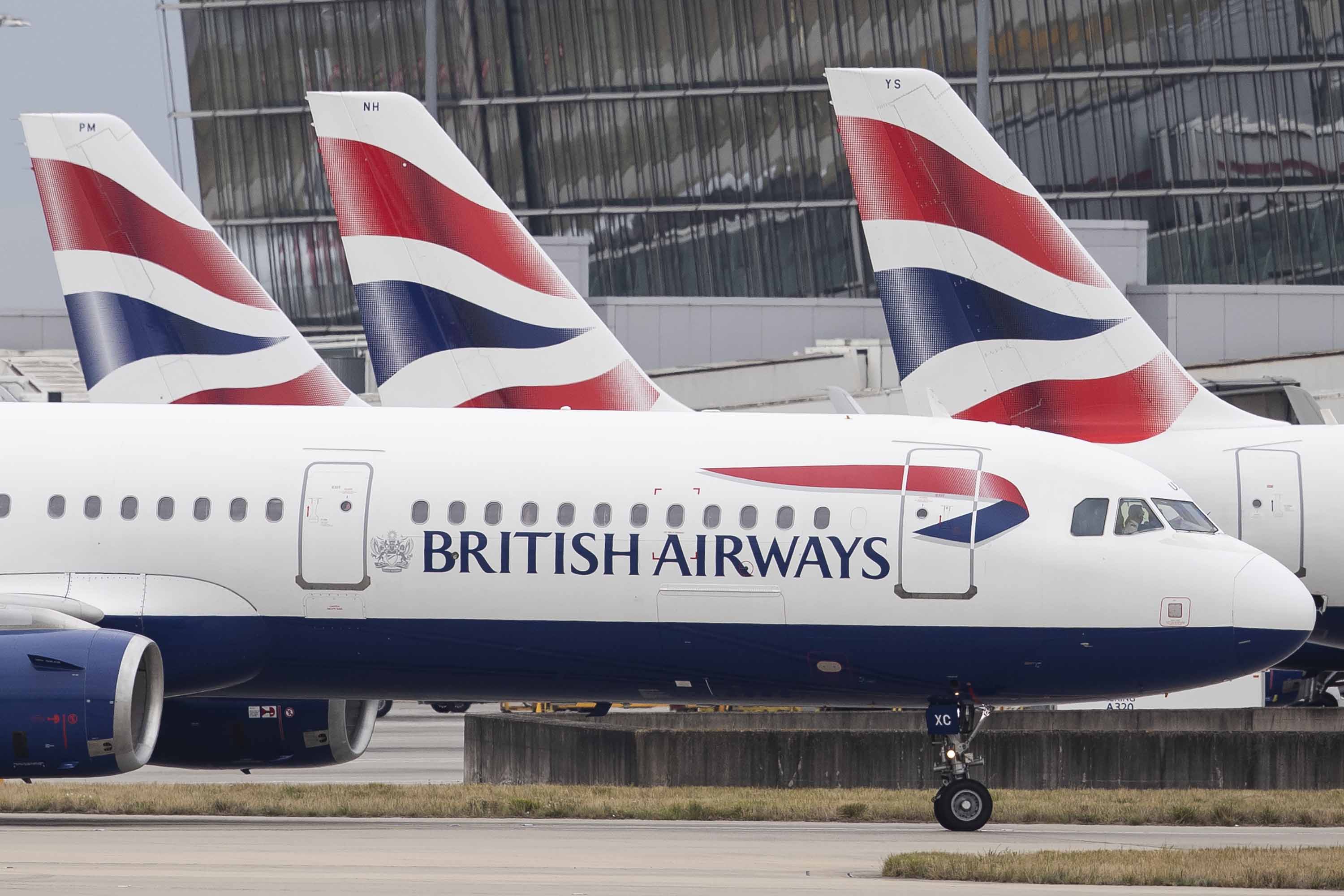Key points:
- IAG depends, more than other London airlines, on long haul traffic
- Delta has announced demand at an historic high
- This could be the signal that long haul is returning
- Will IAG Have To Demerge BA? The EU Might Say Yes
International Airlines Group (LON: IAG) shares have, along with all other airlines, taken a beating over covid and the lockdowns. Given that international and thus air travel virtually stopped, this isn’t surprising. The big question is not just when will traffic return – which it already is doing, of course – but will it get back to those historic volumes?
We’ve seen numbers from Easyjet showing that demand is only a little behind 2019. Ryanair and Wizz Air have been saying much the same thing. This, though, doesn’t tell us quite what we’d like to know about IAG. For the grand profit engine, there is not the European short hop business – although it exists within the group – it’s the long haul networks of BA and Iberia.
So, when are those long-haul networks going to see demand returning? And when demand does return, is it going to be at the same peak as before? Or even will it be higher than before?

Also Read: The Best Travel Stocks To Buy Right Now
It is possible to compare with the other European legacy airlines but then looking to Air France or Lufthansa to gauge the much more free market and less state influenced IAG and BA isn’t going to give us much useful information. For that, it is worth looking at the Americans, though.
It’s not perfect, for, of course, the American airlines have substantial domestic route systems as well as their international flights. But it is an indication. At which point the news from Delta (NYSE: DAL). The CEO there, Ed Bastian, is indicating that they’re seeing a great deal of pent-up demand. True, they’re only going to ramp up their flight schedule this summer to 84% of 2019 capacity levels.
But more important than that they say they’re seeing “demand we have today is at a historic high”. This has driven average ticket prices up by 24%. That in turn does two things. One, it covers for higher aviation fuel prices, second, it changes load factors.
It’s load factors that really matter for an airline’s bottom line. There are fixed costs in the business, of course, there are. But there’s a substantial marginal cost element to getting a flight into the air. But once the flight is going there’s near-zero marginal cost to an extra passenger – each seat sold becomes near pure gross margin. So, the load factor of the flights actually launched is the determining factor for the bottom line.
This means that demand running ahead of planned capacity is a very good sign for the profits of the airline business. Now, whether that does actually feed through to IAG – recall, Delta is an imperfect comparison, even if a useful one – remains to be seen. But it’s entirely possible that IAG is about to have a very good summer.
